Home>Articles>Why Do Mirrors Reflect Horizontally And Not Vertically
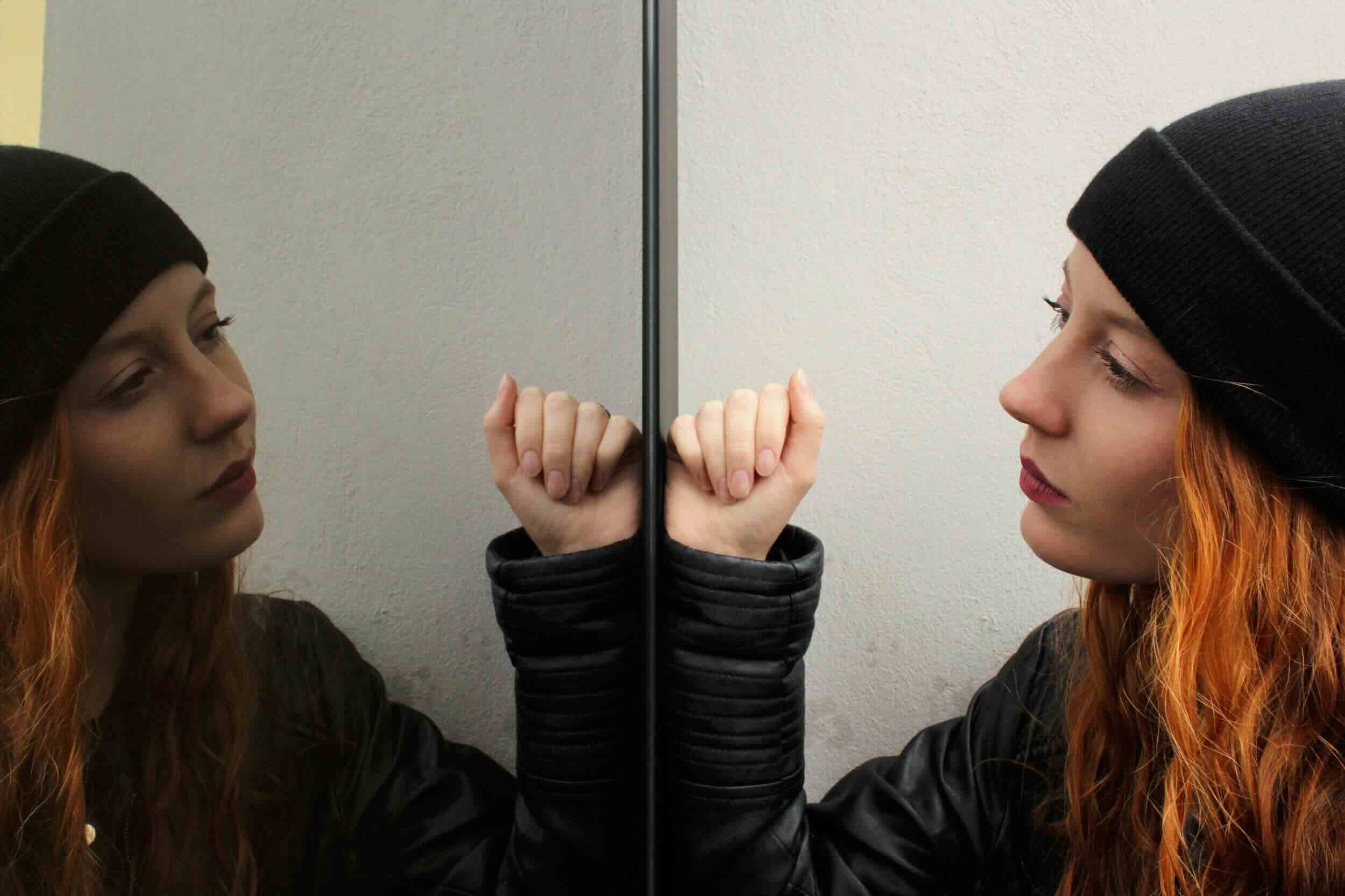

Articles
Why Do Mirrors Reflect Horizontally And Not Vertically
Modified: January 5, 2024
Discover the scientific explanation behind why mirrors reflect horizontally instead of vertically in this fascinating article. Explore the physics and optics behind this intriguing phenomenon.
(Many of the links in this article redirect to a specific reviewed product. Your purchase of these products through affiliate links helps to generate commission for Storables.com, at no extra cost. Learn more)
Introduction
A mirror is a common object that we encounter every day. It is a highly reflective surface that allows us to see our own reflection or the reflection of objects placed in front of it. But have you ever wondered why mirrors reflect horizontally and not vertically? In this article, we will explore the fascinating science behind this phenomenon.
First, let’s define what a mirror is. A mirror is a smooth and shiny surface that reflects light. It can be made of various materials, such as glass with a thin layer of metal on the back, or polished metal surfaces like stainless steel or aluminum. Regardless of the material, mirrors work on the principle of reflection, where light bouncing off the surface is redirected.
Reflection is the process by which light encounters a surface and bounces back. When light waves hit a mirror, they interact with the atoms or molecules on the surface. These interactions cause the light waves to change direction, resulting in a reflected image.
The direction in which light bounces off a mirror follows the laws of reflection. The Law of Reflection states that the angle of incidence (the angle between the incident light ray and the perpendicular to the surface of the mirror) is equal to the angle of reflection (the angle between the reflected light ray and the perpendicular to the surface of the mirror).
Now, let’s delve into the interesting aspect of mirror image orientation. When we stand in front of a mirror, our left side appears on the mirror’s right side, and vice versa. This phenomenon is due to what is known as a lateral inversion.
Key Takeaways:
- Mirrors reflect horizontally due to the Law of Reflection, causing lateral inversion. Factors like distance, angle, and imperfections can influence mirror image orientation, but our brain’s adaptation helps us interpret them accurately.
- Understanding the science behind mirror image orientation enhances our appreciation for mirrors. They are not just reflective surfaces but also artistic and scientific tools, reflecting the world in intriguing ways.
Read more: How To Use Mirrors To Reflect Light
Definition of a Mirror
A mirror is an object with a smooth and highly reflective surface that can produce clear and undistorted images of objects placed in front of it. It is made using materials such as glass or metal that have been treated to create a reflective surface. Mirrors are commonly used in households, as well as in various industries and scientific applications.
The reflective surface of a mirror is typically achieved through a process called silvering. In this process, a thin layer of reflective material, such as aluminum or silver, is deposited onto the back surface of a glass sheet. This reflective coating allows the mirror to efficiently reflect light and form a clear image.
There are different types of mirrors, including flat mirrors, convex mirrors, and concave mirrors. Flat mirrors are the most common type and have a flat reflective surface, which produces a virtual, upright reflection of objects. Convex mirrors have a curved reflective surface that bulges outward, resulting in a wider field of view but a smaller, distorted reflection. Concave mirrors, on the other hand, have a curved reflective surface that caves inward, creating a magnified or focused reflection.
While mirrors are commonly used for personal grooming and decoration, they also have numerous practical applications. In the scientific field, mirrors are used in optical instruments such as microscopes and telescopes to gather and focus light. In the automotive industry, mirrors are essential components of vehicles, providing drivers with a view of the surrounding environment.
Additionally, mirrors are crucial in the field of art and design. They are often used to create visual illusions, enhance lighting effects, and add depth to artwork or interior spaces. The reflective properties of mirrors can create an illusion of infinite space, making them a powerful tool for artists and designers.
In summary, a mirror is an object with a reflective surface that allows for the formation of clear and undistorted images. Whether it’s for personal use, scientific research, or artistic expression, mirrors play a significant role in our daily lives and continue to captivate us with their ability to reflect the world around us.
Reflection of Light
Reflection is the fundamental process by which light interacts with surfaces and changes its direction. When light rays encounter a surface, they can be absorbed, transmitted, or reflected. In the case of a mirror, the majority of the light is reflected, allowing us to see images reflected off its surface.
Light is made up of tiny particles called photons, which travel in straight lines known as rays. When these light rays hit a mirror, they interact with the atoms or molecules on the mirror’s surface. These interactions cause the light rays to change direction, resulting in the phenomenon known as reflection.
The process of reflection follows the law known as the Law of Reflection. According to this law, the angle of incidence, which is the angle between the incident light ray and the perpendicular to the surface of the mirror, is equal to the angle of reflection, which is the angle between the reflected light ray and the perpendicular to the surface of the mirror.
There are two types of reflection: regular reflection and diffuse reflection. In regular reflection, also known as specular reflection, rays of light are reflected in a single, organized direction. This type of reflection is what allows mirrors to produce clear and well-defined images. The smooth, polished surface of a mirror ensures that the light rays bounce off the surface in an orderly manner, maintaining their original characteristics.
Diffuse reflection, on the other hand, occurs when light rays are reflected in various directions. This type of reflection is seen on rough or irregular surfaces, where the incoming light is scattered in different directions. This is why objects without smooth surfaces don’t produce clear reflections.
It’s important to note that the reflection of light is an instantaneous process, with light rays bouncing off the mirror’s surface almost immediately upon contact. This means that the images we see in a mirror are a result of the light rays reflecting off the mirror at the exact moment we observe them.
Understanding the reflection of light is essential not only for comprehending how mirrors work but also for a wide range of scientific applications. From the study of optics to the development of reflective surfaces in various industries, the phenomenon of reflection plays a crucial role in our understanding of light and its behavior.
The Law of Reflection
The Law of Reflection is a fundamental principle in optics that governs the behavior of light when it encounters a reflecting surface, such as a mirror. It describes the relationship between the incident light ray, the reflected light ray, and the surface normal, which is a line perpendicular to the surface at the point of incidence.
According to the Law of Reflection, the angle of incidence, denoted as θi, is equal to the angle of reflection, denoted as θr. In other words, the angle at which an incoming light ray hits a mirror is equal to the angle at which the reflected light ray bounces off the mirror. This can be expressed mathematically as:
θi = θr
This law holds true regardless of the size or shape of the reflecting surface. Whether the surface is flat, curved, or even irregular, the Law of Reflection remains consistent.
The Law of Reflection is based on the principle of conservation of energy and momentum. When a light ray strikes a surface, it imparts both energy and momentum to the surface. According to the law, the reflected light ray must obey these conservation principles, resulting in the angle of reflection being equal to the angle of incidence.
One important consequence of the Law of Reflection is that it determines the orientation of mirror images. When we stand in front of a mirror, our left side appears on the mirror’s right side, and vice versa. This phenomenon is known as lateral inversion. It occurs because the light rays are reflected in such a way that the image is reversed horizontally.
The Law of Reflection is not limited to mirrors but also applies to other reflecting surfaces, such as shiny metals or bodies of water. Understanding and applying this law is crucial in various fields, including optics, physics, engineering, and even everyday activities such as using a rearview mirror while driving.
In summary, the Law of Reflection states that the angle of incidence is equal to the angle of reflection. This law governs the behavior of light when it encounters a reflecting surface and plays a vital role in understanding the principles of optics and the formation of mirror images.
Mirror Image Orientation
When we stand in front of a mirror, we often notice that our left side appears on the mirror’s right side, and vice versa. This phenomenon is known as mirror image orientation or lateral inversion. It is a fascinating aspect of how mirrors reflect light and form images.
Mirror image orientation occurs due to the way light rays reflect off a mirror. When light rays from an object reach the mirror, they bounce off the mirror’s surface according to the Law of Reflection. As a result, the left side of the object corresponds to the right side of the mirror image, and vice versa.
This reversal of left and right in mirror images can sometimes lead to confusion or difficulty when interpreting what we see. For example, when we try to write in front of a mirror, it may appear reversed and challenging to read. This is because our brain is accustomed to interpreting objects in the real world without the reversal that occurs in mirror images.
However, it’s important to note that mirror images are not fully reversed. The orientation of the image remains the same in terms of up and down. This means that if you raise your right hand in front of a mirror, the hand in the mirror image will also appear raised on the mirror’s right side.
The reason for why mirrors produce horizontally flipped images lies in the physics of reflection. When light reflects off a mirror, each point on the object undergoes a horizontal reversal in its position. This reversal occurs because the mirror flips the angles at which the light rays hit its surface, creating the mirror image we see.
The orientation of mirror images has been studied extensively in the field of cognitive psychology. It is believed that our brain is able to adjust to the reversed orientation over time and perceive the mirror image as non-inverted. This ability is crucial for activities such as using mirrors for grooming, interpreting reflected objects, and even social interactions.
Interestingly, the phenomenon of mirror image orientation can also be observed in non-traditional mirrors. For example, in the reflection of water, the orientation of the image is the same as that of a mirror reflection. This is because the water surface acts as a reflective medium, following the same principles of reflection as a mirror.
Understanding mirror image orientation can enhance our comprehension of how mirrors work and how our perception adapts to the reversed images they produce. It is a fascinating aspect of human cognition and the physics of light reflection that continues to captivate scientists and curious minds alike.
Read more: Why Do Mirrors Appear Silver
Factors Affecting Mirror Image Orientation
The mirror image orientation, also known as lateral inversion, is a consistent characteristic of reflections in mirrors. However, there are certain factors that can influence or alter the perception of mirror images. Let’s explore some of these factors:
Distance from the Mirror
The distance between an object and the mirror can impact the perception of its reflected image. As the distance increases, the apparent size of the image decreases. This change in size can sometimes make it challenging to accurately process the orientation of the mirror image, especially if it’s a highly detailed or complex object.
Angle of Incidence
The angle at which light rays hit the mirror’s surface, also known as the angle of incidence, can affect the orientation of the reflected image. When the angle of incidence is oblique (not perpendicular), the reflected image may appear distorted or skewed. This distortion can make it more difficult to interpret the orientation of the mirror image accurately.
Curvature of the Mirror
The shape or curvature of the mirror surface can also impact the orientation of the mirror image. A concave mirror, which curves inward, can distort the reflection, resulting in a magnified or distorted image. On the other hand, a convex mirror, which curves outward, can create a smaller, wider angle reflection. These distortions can affect the apparent orientation of the mirror image, making it appear altered or unusual.
Read more: Why Do Cats Scratch On Mirrors
Abnormalities or Imperfections
If a mirror has any abnormalities or imperfections on its surface, such as scratches or dents, they can affect the way the light reflects off the mirror. These imperfections can cause irregular reflections, leading to distorted or inconsistent mirror images. In such cases, interpreting the orientation of the mirror image accurately can be challenging.
Familiarity and Cognitive Adaptation
Our familiarity with mirrors and our cognitive adaptation play a significant role in perceiving and understanding mirror images. With regular exposure to mirrors, our brain learns to interpret the lateral inversion and adjust accordingly. Over time, this cognitive adaptation allows us to quickly make sense of mirror images and perceive them as non-inverted, despite the reversal of left and right.
It’s important to note that while these factors can influence our perception of mirror images, the fundamental principle of lateral inversion remains unchanged. Mirror images are horizontally flipped due to the physics of reflection, regardless of external factors that might affect our interpretation.
Understanding the factors that can affect mirror image orientation can help us interpret and analyze mirror reflections more effectively. It allows us to account for potential distortions or variations in the reflected image and appreciate the complexities of mirrors as reflective surfaces.
Mirrors reflect horizontally because the angle of incidence is equal to the angle of reflection, following the law of reflection. This means that the light rays bounce off the mirror at the same angle they hit it, resulting in a horizontal reflection.
Conclusion
Mirrors are more than just reflective surfaces; they are fascinating objects that play a fundamental role in our daily lives. Understanding why mirrors reflect horizontally and not vertically can enhance our appreciation for the science behind this phenomenon.
We learned that mirrors operate on the principle of reflection, where light rays bounce off the mirror’s smooth surface according to the Law of Reflection. This law states that the angle of incidence is equal to the angle of reflection, resulting in the lateral inversion of mirror images.
The orientation of mirror images, with the left side appearing on the mirror’s right side and vice versa, can sometimes be puzzling. However, our brain’s cognitive adaptation and familiarity with mirrors enable us to quickly adjust and perceive the mirror image as non-inverted.
Factors such as the distance from the mirror, the angle of incidence, the curvature of the mirror, and any abnormalities or imperfections on its surface can influence the perception of mirror image orientation. These factors can introduce distortions or alterations to the reflected image, making it important to consider them when interpreting mirror images accurately.
Ultimately, mirrors are not only functional objects but also artistic tools and scientific instruments. From personal grooming to scientific research, mirrors continue to captivate us with their ability to reflect the world around us and provide insights into the behavior of light.
So, the next time you look into a mirror, take a moment to appreciate the science, the beauty, and the intriguing mirror image orientation that it offers. Reflect on the wonders of mirrors and the fascinating interplay between light and reflection that allows us to see ourselves and the world in a whole new way.
Frequently Asked Questions about Why Do Mirrors Reflect Horizontally And Not Vertically
Was this page helpful?
At Storables.com, we guarantee accurate and reliable information. Our content, validated by Expert Board Contributors, is crafted following stringent Editorial Policies. We're committed to providing you with well-researched, expert-backed insights for all your informational needs.

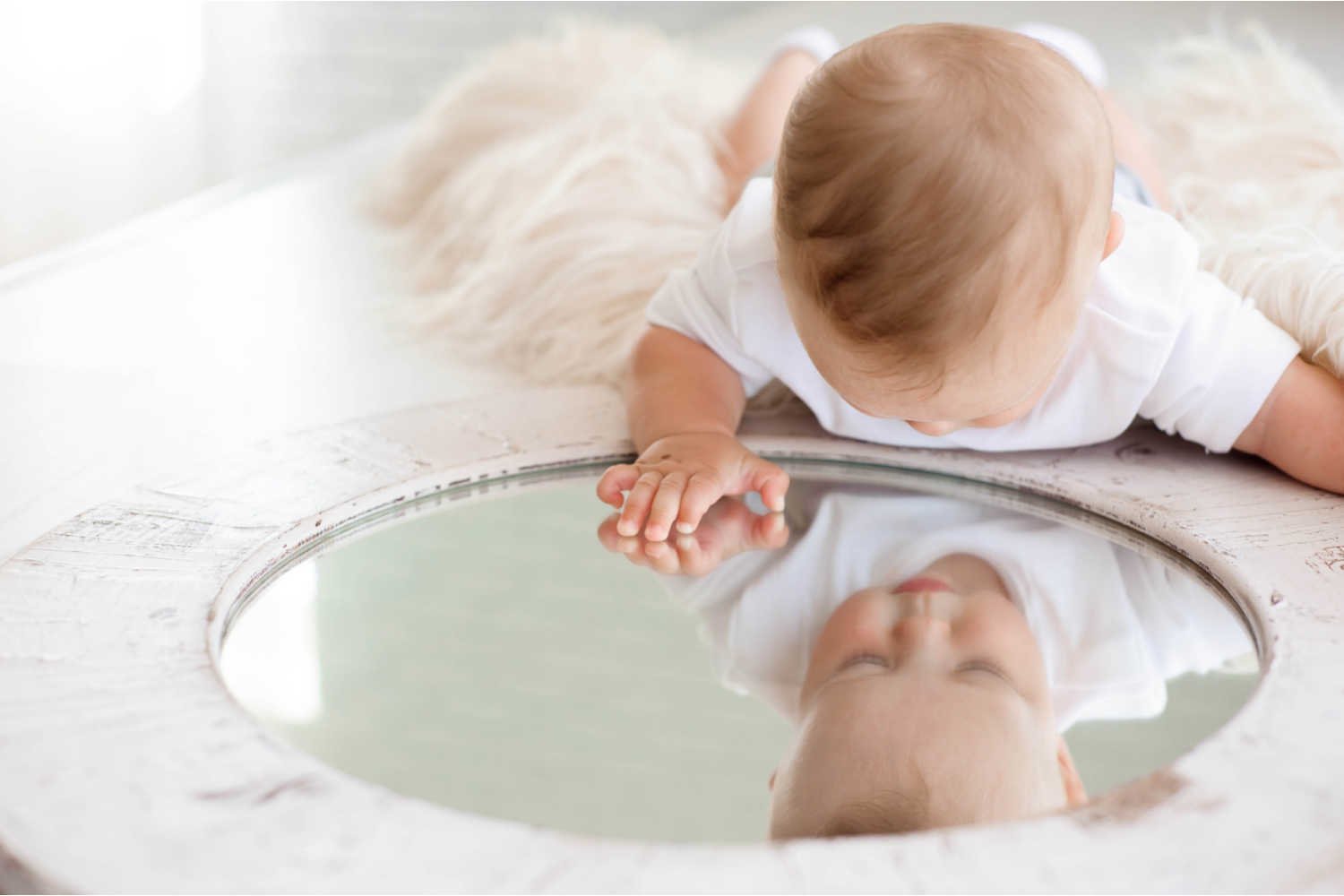




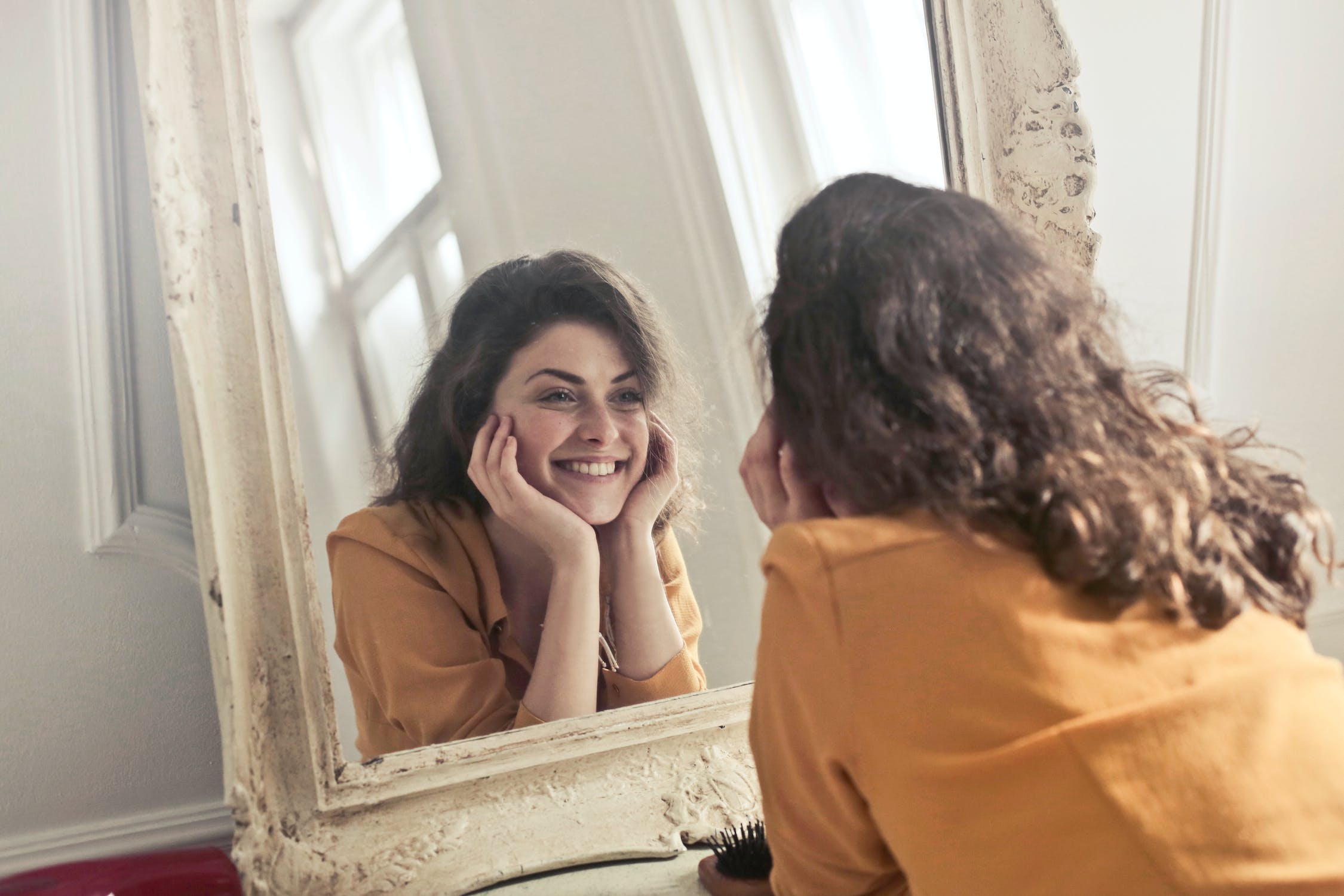
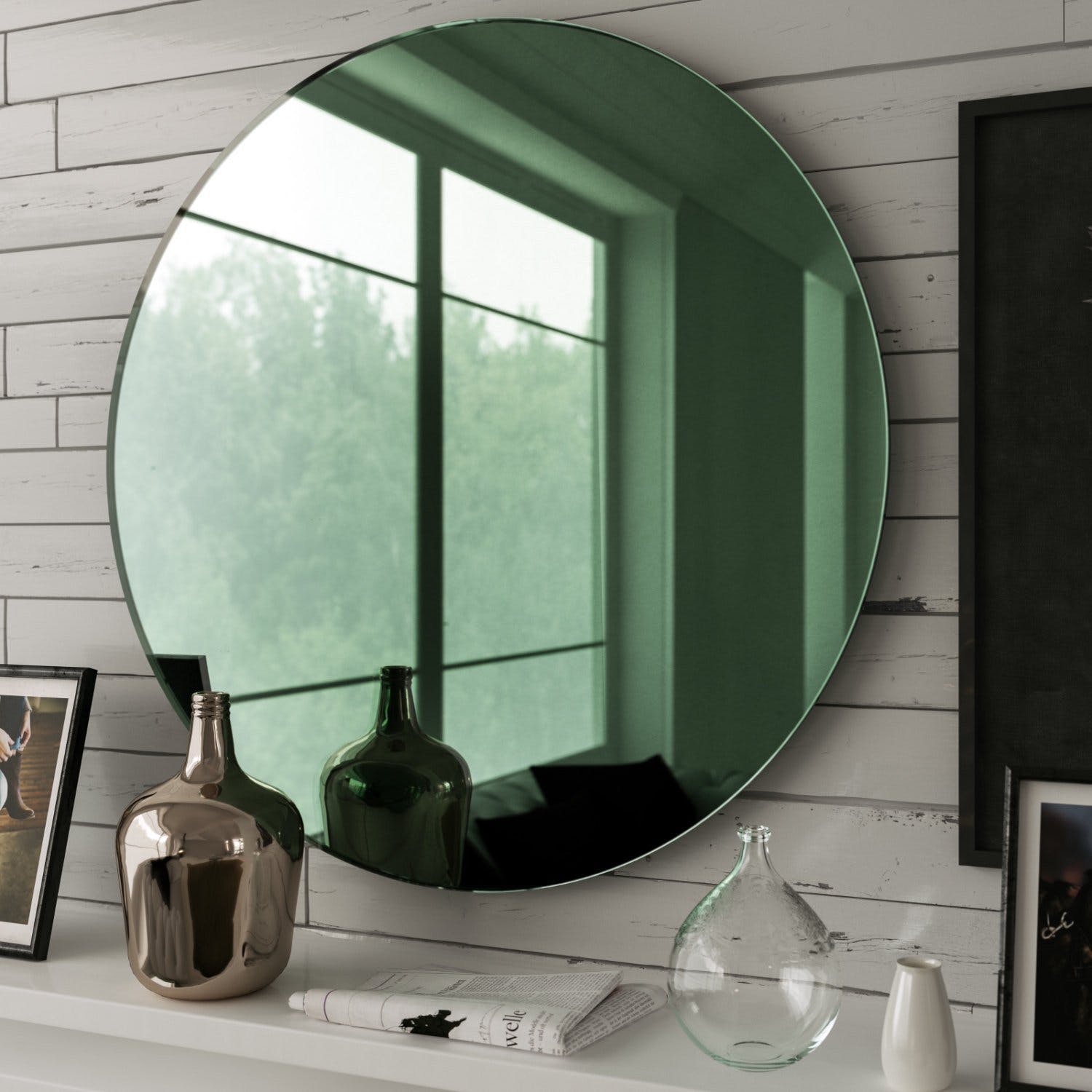

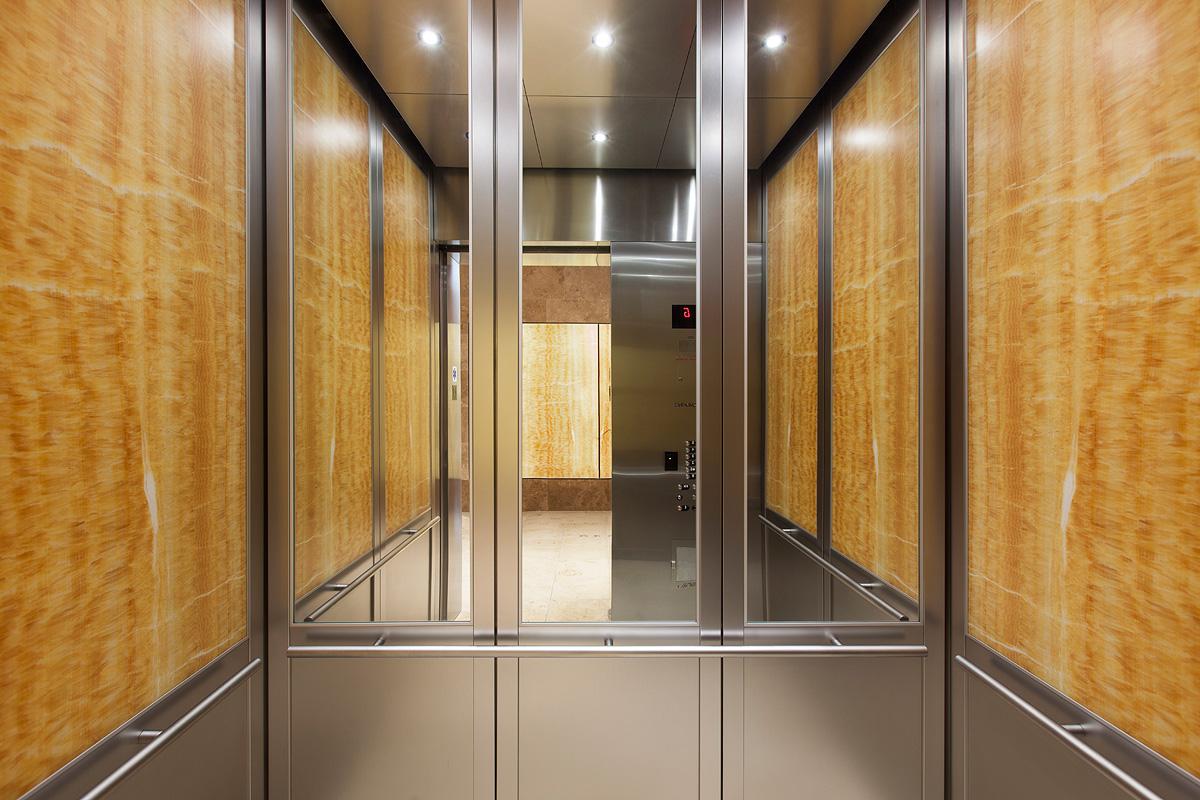
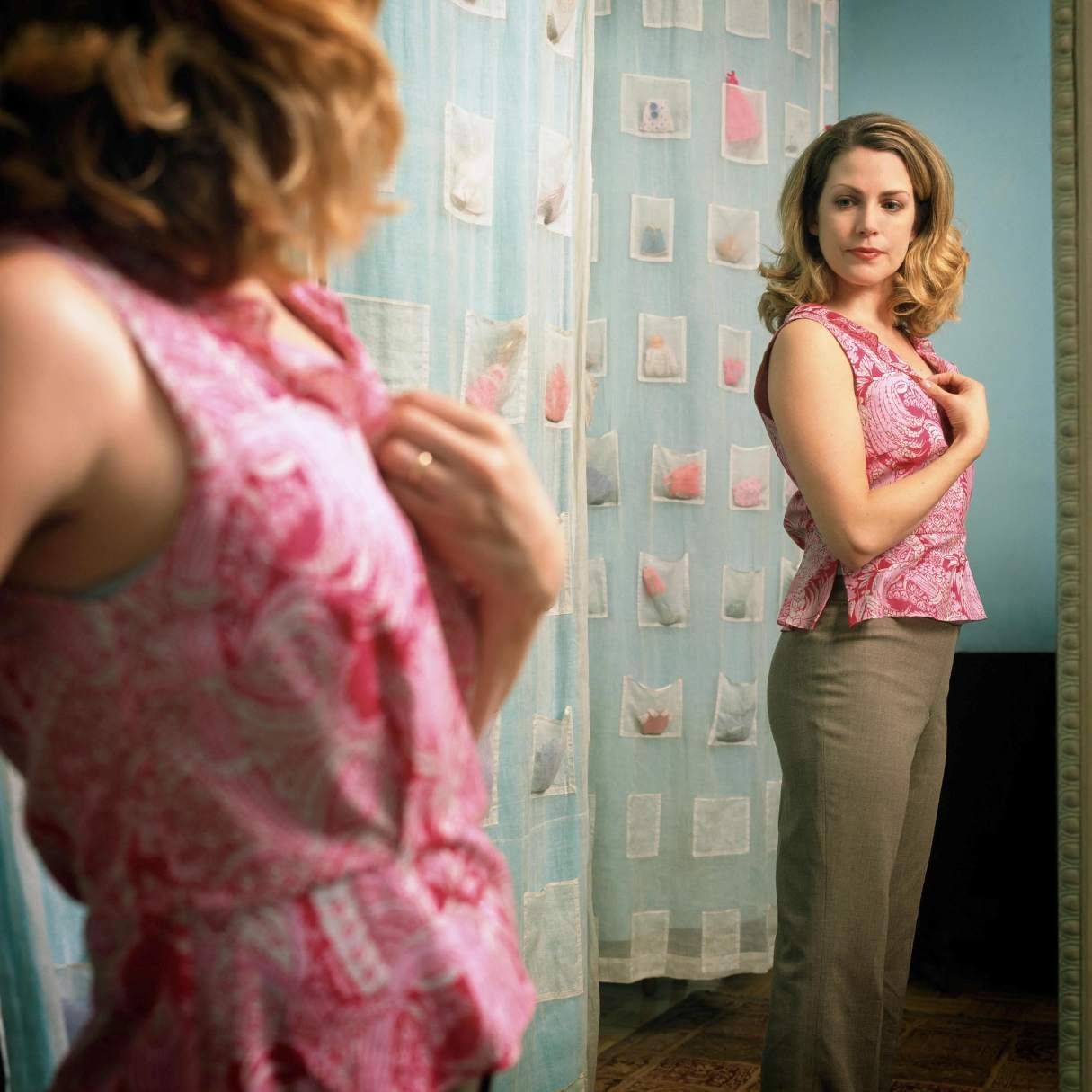
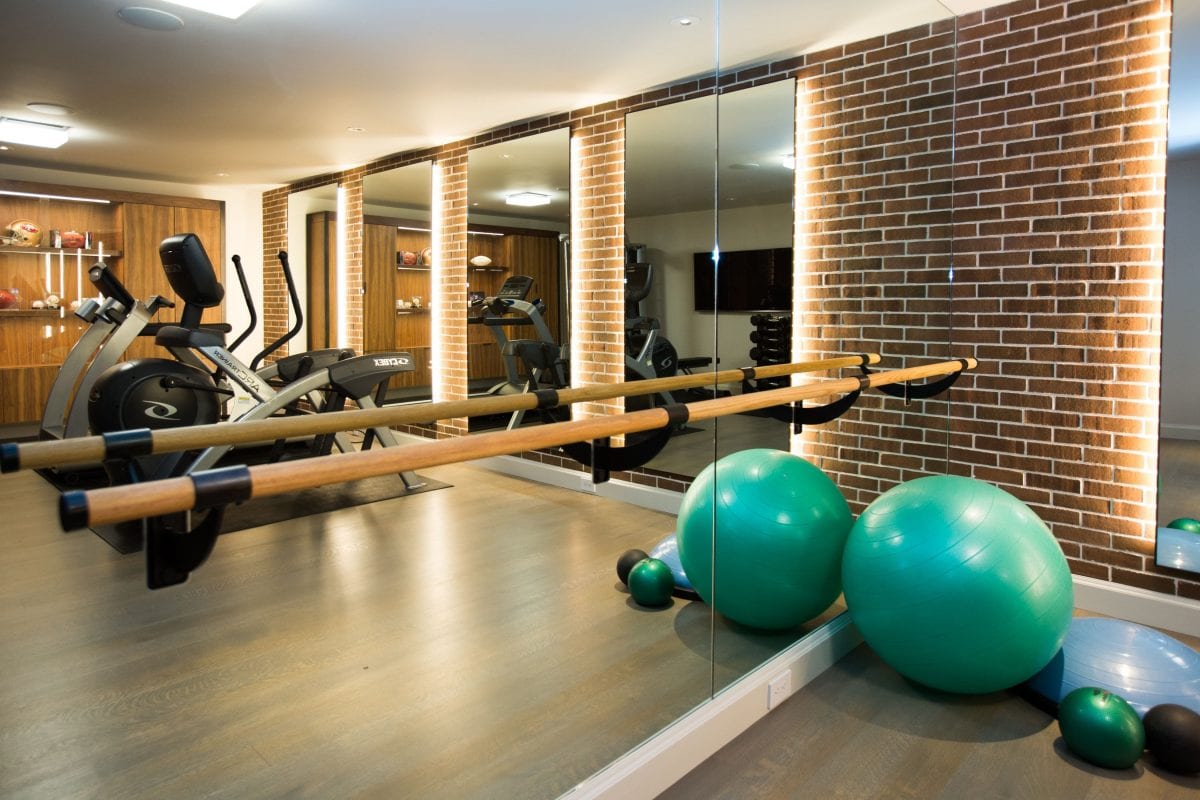
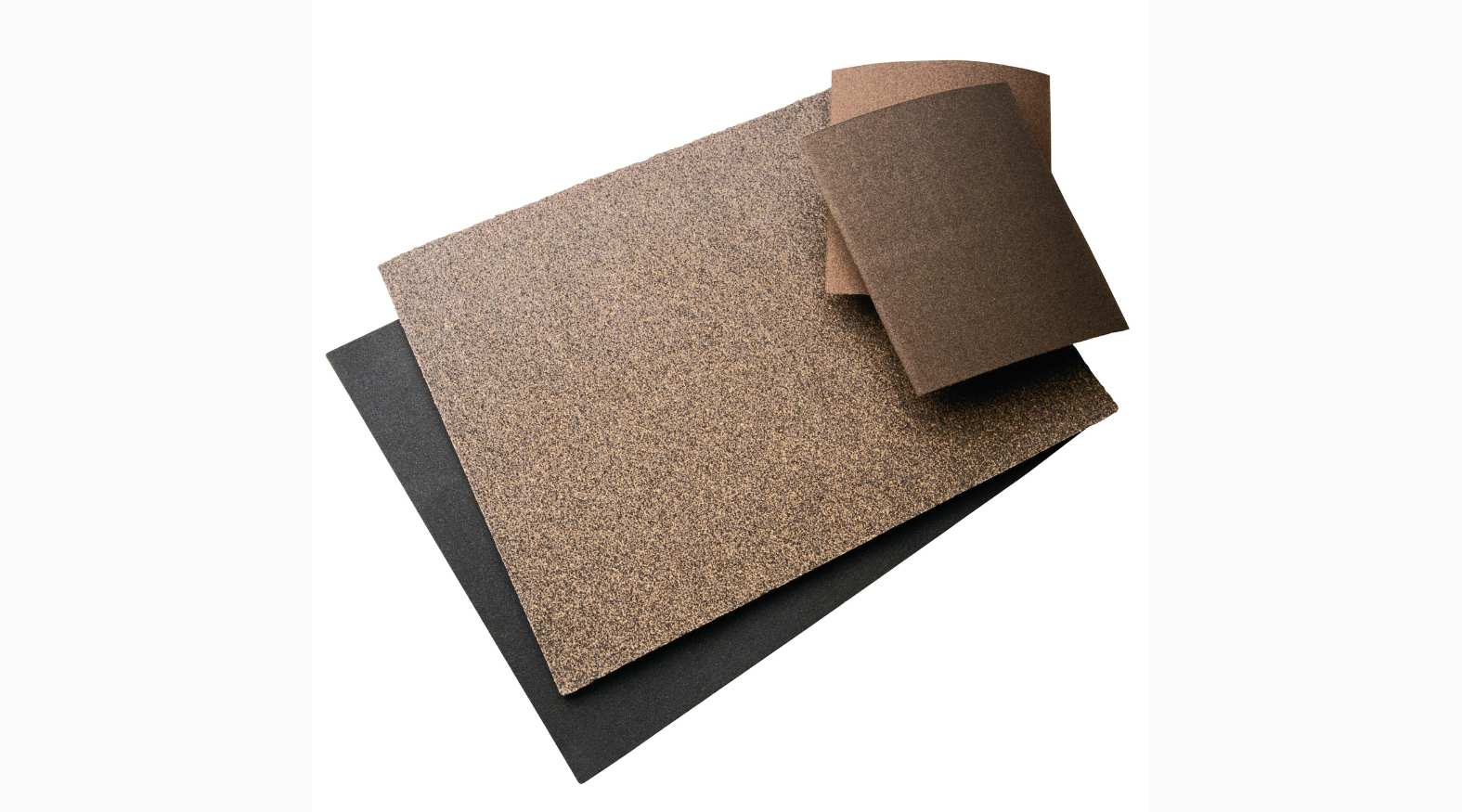

0 thoughts on “Why Do Mirrors Reflect Horizontally And Not Vertically”